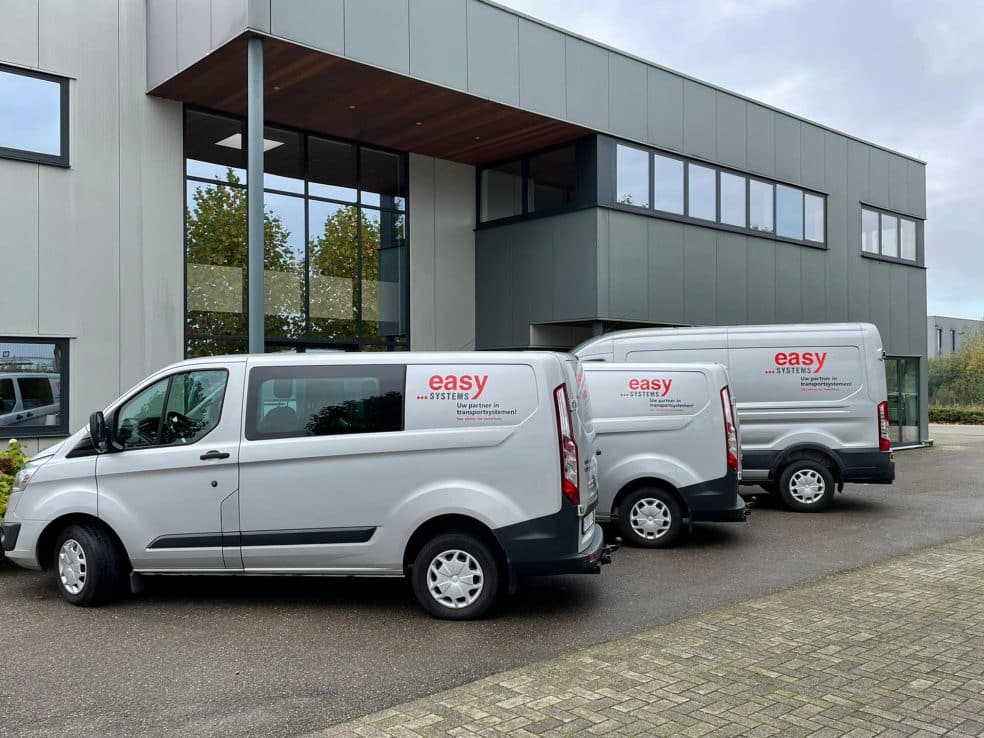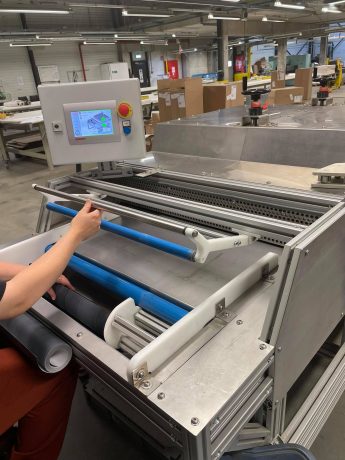Minimising machine failure: how maintenance can prevent unplanned downtime

The availability of your machinery and its impact on productivity and profit is a worldwide challenge for machine users and factory operators. We’ll discuss some of the larger issues the industry is confronted with and offer a solution that can make a difference.
Modern society depends highly on machines. We use several transport systems to move products quickly and efficiently. We trust telescopic conveyors to guarantee an ergonomic work place. We depend on pallet lifts to move pallets with heavy products to different floors. It has become easy to forget how much of our lives is powered by machines. That is, until those machines give out.
Downtime and more specifically, unplanned downtime due to machine breakage is a significant issue for companies. When a machine is out, not only does that have large financial implications; it can also lead to disgruntled clients, not to mention the inconvenience and man-hours required to solve the problem.
Maintenance is essential for the machine’s usability. However, it is often a delicate balancing act to decide when and if machine parts need to be repaired or replaced. This can lead to severe inefficiencies. It’s therefore no surprise that many organisations are looking for the best way to reduce inefficiency and malfunctions.
In the production industry, unplanned machine downtime has a cost of 20% of the cost of production and solving this issue is the top priority for more than 80% of the companies. (Source: Senseye).
Unforeseen expenses
Loss of revenue due to a decreased productivity obviously isn’t the only expense that comes with machine failure. There’s also the cost of the machine repairs, including the extra work, spare parts and in a worst case scenario, replacing the entire machine, which can be enormously expensive.
Loss of productivity and growing cost
Unexpected downtime and machine breakage can be very time-consuming for an organisation. Employees are no longer able to perform their duties leading to delays in the production schedules. When a company is constantly spending time and money on repairs and maintenance, it will lose the opportunity to use those resources to develop the company’s full capacity. All these avoidable costs hinder the company from reaching its full potential.
Environmental effects
Machines that perform less efficient than they should not only bring about a financial cost but also an environmental one: lost resources, loss of energy and low productivity result in higher emissions and harmful waste products. When considering durability, this matter is crucial for companies.
Service as the solution
If you recognise these issues from your company, then the good news is that there’s a solution. A service contract can tackle all these issues, reduce risks and help prevent faulty machinery – preventatively.
DCS is ready for you, our customers. We ensure the highest availability and productivity of your installations during their entire life cycle, proactively reducing downtime, increasing machine efficiency, making your company more sustainable and saving you time and money.
Equally important are the skills and experience of our experts. With four amply equipped vans and a large stock of raw materials, our 20 experienced technical engineers are able to quickly diagnose and resolve any technical issues you might have. We are always at the ready for maintenance, expansions or repairs of conveyor systems or constructions. We can adjust conveyor belts, reconstruct existing installations, repair wear and tear, inspect control systems and finish an installation.
Quick and reliable
Malfunctions don’t follow time schedules so our service team is available for support around the clock, by telephone or email. If you contact us by telephone before 10 o’clock in the morning, we’ll plan an intervention that same day. Phone calls after 10 o’clock or email notifications are treated the next business day. In case of an emergency, we can always discuss planning an emergency intervention.



